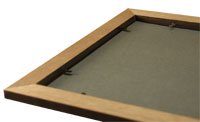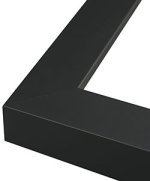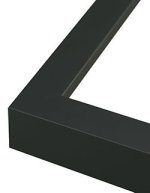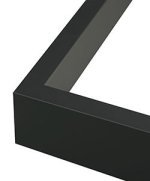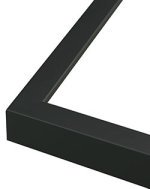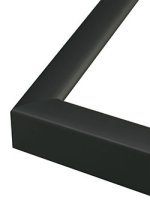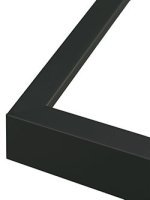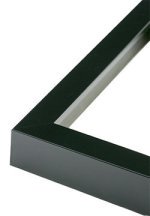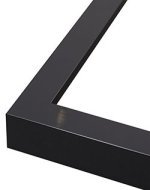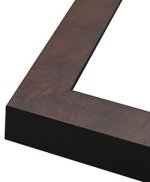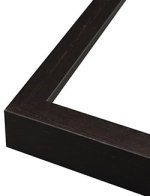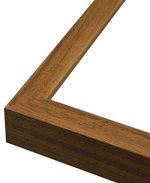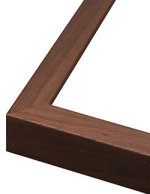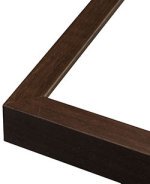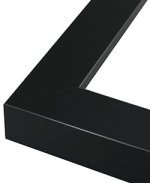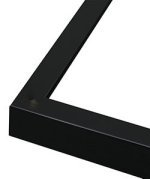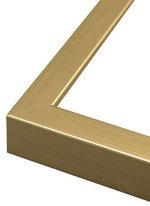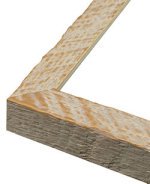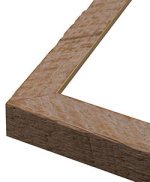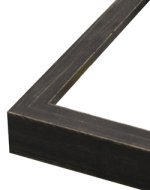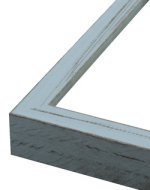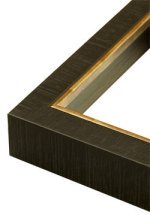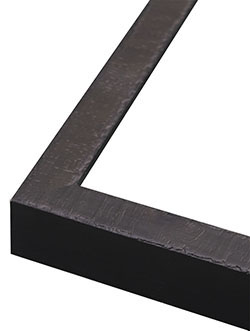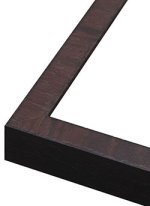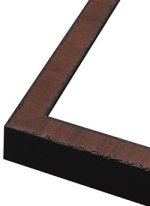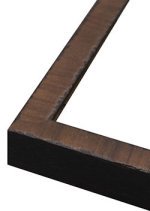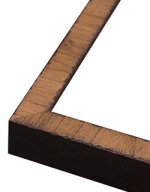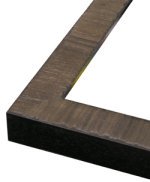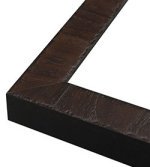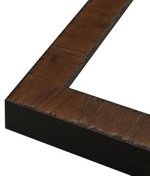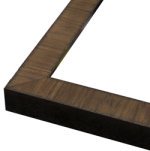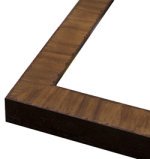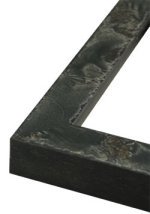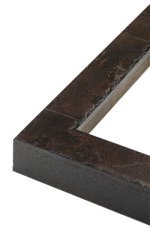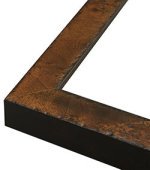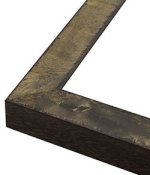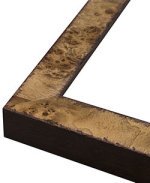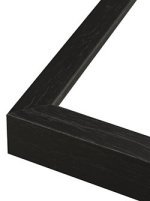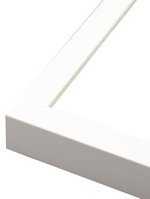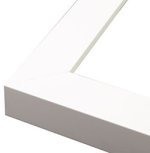Framing a Thick Magazine or Newspaper
Framing a thick magazine or newspaper presents some challenges. Each moulding has a physical limit on the thickness that it can accomodate. The depth of each frame is called it's 'rabbit'. As shown in the image on the right, it is the distance from the lip of the frame to the back.
The rabbit for most moulding used for normal picture frames is between 7/16" and 1/2". The moulding needed for framing your collectible items needs to have a greater rabbit measurement. Most of the mouldings on this site have a rabbit measurement of at least 5/8".
But even these are not thick enough for some magazines and newspapers. The page for each moulding shows the maximum thickness that that moulding can accomodate. For my most popular frames like #203 and #207 with a 5/8" rabbit depth, the maximum thickness that can be accomodated is 3/8" for a Value Frame and 1/4" for a Changeable Frame. By using a thinner backing, I can accomodate an additional 1/16".
What to do when the item you want framed is too thick for the moulding you want? I can accomodate up to an additional 1/4" of depth by making your frame a little differently. The rest of this page is going to discuss this and use a Value Frame as an example. The process will be somewhat similar for a Changeable Frame.
We start by taking a look at the back of a normal Value Frame. The backing is held in place by Framing Points that are bendable and allow you to insert your item. Click on any of the images for a larger view. You can see that there is only so much room to insert these framing points. Beyond a certain thickness they can't be used.
We now take a look at how to accomodate a magazine that is too thick for the moulding selected. The magazine is a 1/2" thick December 1981 Playboy with the lovely Bernadette Peters on the cover. The moulding is #802 Cherry Finish which can accomodate a maximum 5/16" thickness in a Value Frame. We are 3/16" too thick for this frame.
Here is the frame after several changes where made to accomodate the thickness of the magazine. Offset clips have been used to hold the magazine and backing in place. A wood strip was added to the top so that the sawtooth hanger will lie flat against the wall. Without this, the frame wouldn't lie flat against the wall. Although not show, thicker bumpers are also used on the bottom.
And here it is viewed from the side. Although the frame is a slight bit further from the wall than a normal frame, it is not noticeable unless you put your face right up against the wall.



